2015 China
30 March,
Nanjing
Nanjing Time International Youth Hostel 220CNY
Take our
advice: don’t visit Nanjing on a Monday; the major sites are closed including
the Memorial Hall of the Nanjing Massacre and the Sun Yatsen Mausoleum. It took
an expensive taxi ride for us to find out the former; and a cheaper Metro and
electric car ride to confirm the latter. We did stand with a couple of hundred
disappointed Chinese tourists peering through the gate of Sun Yatsen’s
mausoleum, but that was all we got to see.*
It was not
difficult to persuade a taxi driver to drive us across the Yangzi River bridge,
but much harder to convince him to drop us on the bridge on the return journey
so we could walk the bridge’s impressive length. (Tomorrow we will cross the
bridge again, this time by train.) Travelchinaguide.com: “The Yangtze River
Bridge, which was constructed between 1960 and 1968, is the third bridge built
to span the Yangtze River ... As the longest bridge with the dual functions of
highway and railway listed in the Guinness Book of World Records, it is the
first bridge in China solely designed and constructed by Chinese. The
significant double-deck construction is made up of the main bridge portion
which spans 1,577 meters and the bridge approach which measures 3,012 meters.
The upper deck of the bridge is a highway ... There are sidewalks on either
side of the highway ... The lower deck holds a twin-track railway ... that
allows two trains to run in different directions. The bridge has nine piers
altogether, among which the tallest one is 85 meters with the base area of
about 400 square meters, larger than a basketball court. There are 200 cast
iron reliefs inlayed on the banisters on the two sides of the highway as well
as 150 pairs of street lamps along the sidewalks on the main section of the
bridge. Two bridge towers are located respectively at each end of the bridge
each with a height of 70 meters ... The bridge at night is extremely charming.
The illumination of 1,024 floodlights on the banisters, 540 halogen lights on
the towers and 150 pairs of lamps of the sidewalks make the bridge look like a
pearl string lying on the Yangtze River.”
[The Suicide Catcher in GQ.com makes for
interesting reading.]
* “Sun
Yat-Sen (1866-1925) holds a unique position in the Chinese-speaking world ... He
is the only figure from the early revolutionary period who is honored as the “Father
of the Nation” ... in both the People’s Republic of China, and ... Taiwan ... Sun
received a medical degree from the Hong Kong College of Medicine ... converted
to Christianity ... a symbol of his embrace of “modern”, or Western, knowledge
and ideas ... It was a revolutionary statement at a time when the Qing Dynasty
was trying desperately to fend off westernization ... By 1891, Sun ... was
working with the Furen Literary Society, which advocated the overthrow of the
Qing ... The 1894-95 Sino-Japanese War was a disastrous defeat for the Qing
government, feeding in to calls for reform. Some reformers sought a gradual
modernization of imperial China, but Sun Yat-sen called for the end of the
empire and the establishment of a modern republic. In October of 1895 ... staged
the First Guangzhou Uprising in an attempt to overthrow the Qing ... escaped
into exile in Japan ... launched a second attempted uprising ... He launched
seven more attempted uprisings ... Sun Yat-sen was in the United States when
the Xinhai Revolution broke out ... on October, 10, 1911. Caught off guard, Sun
missed the rebellion that brought down the child emperor, Puyi, and ended the
imperial period of Chinese history ... on December 29, 1911 elected Sun Yat-sen
to be the “provisional president” of the new-born Republic of China. However,
the northern warlord Yuan Shi-kai had been promised the presidency if he could
pressure Puyi into formally abdicating the throne. Puyi abdicated on February
12, 1912, so on March 10, Sun Yat-sen stepped aside and Yuan Shi-kai became the
next provisional president ... became clear that Yuan hoped to establish a new
imperial dynasty ... Sun began to rally his own supporters ... their party the
Guomindang (KMT) ... Sun Yat-sen once more had to flee into exile in Japan ...
In 1915, Yuan Shi-kai ... proclaimed himself the Emperor of China ... touching
off China’s Warlord Era ...To bolster the KMT’s chances of overthrowing Yuan
Shi-kai, Sun Yat-sen reached out to local and international communists ... Lenin
... sent advisers to help establish a military academy. Sun appointed a young
officer named Chiang Kai-shek as the commandant of the new National
Revolutionary Army and its training academy ... With Soviet aid, they trained
an army of 250,000, which would march through northern China in a three-pronged
attack, aimed at wiping out the warlords ... This massive military campaign
would take place between 1926 and 1928, but would simply realign power among
the warlords rather than consolidating power behind the Nationalist government.
The longest-lasting effect probably was the enhancement of Generalissimo Chiang
Kai-shek's reputation. However, Sun Yat-sen would not live to see it ... On
March 12, 1925, Sun Yat-sen died at the Peking Union Medical College from liver
cancer. He was just 58 years old ... Sun's early death ensured that his legacy
lives on in both mainland China and Taiwan. Because he brought together the
Nationalist KMT and the Communist CPC, and they were still allies at the time
of his death, both sides honor his memory” (asianhistory.about.com).
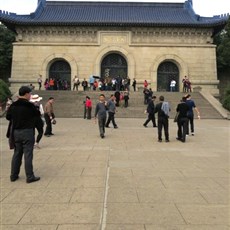
Sun Yatsen mausoleum - Nanjing
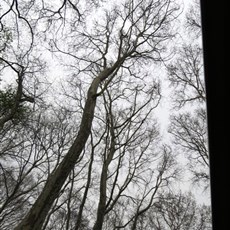
Sun Yatsen scenic area - Nanjing
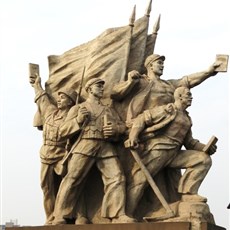
Yangzi River bridge
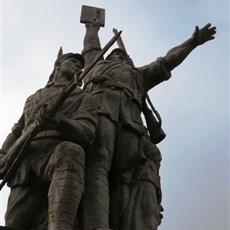
Yangzi River bridge
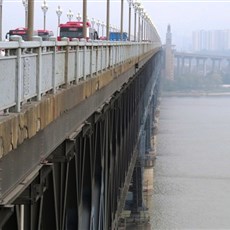
Yangzi River bridge
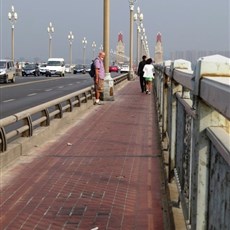
Yangzi River bridge
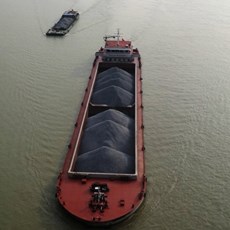
Yangzi River bridge
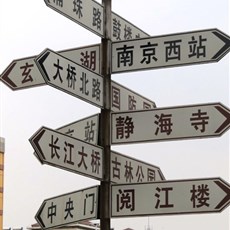
Making sense of China
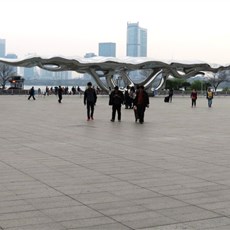
Nanjing
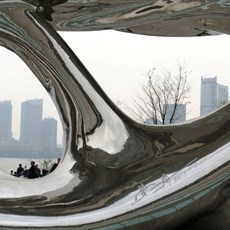
Nanjing